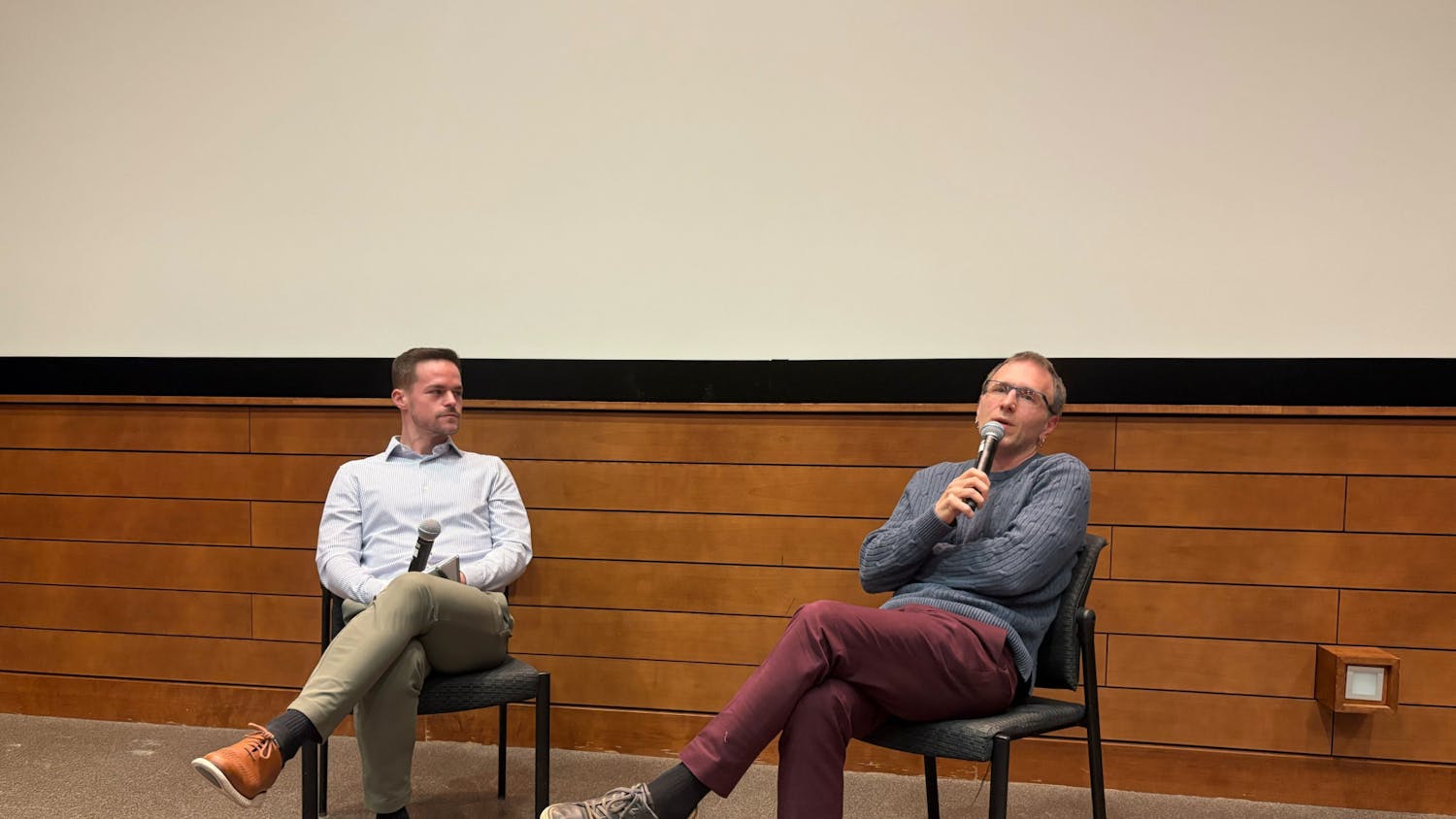Last week saw a convergence of racial issues here on campus and around the nation that should garner everyone's attention. On Sept. 28, William Bennett, the moralizing former D.C. drug czar with a slots and craps vice, made headlines on his \Morning in America"" national radio show. If ""you"" wanted to reduce crime, Bennett said, ""you could abort every black baby in this country."" The next day, UW-Madison Chancellor Wiley hosted a Plan 2008 forum that ended in expressions of frustration at the lack of campus diversity. Both events suggest that W. E. B. DuBois' prediction that the 20th century's principal problems would occur along the color line might also apply to the 21st century.
Not everyone agrees that racism can be defeated. In reviewing Jonathan Kozol's new book, ""The Shame of the Nation,"" which is about de facto segregation in K-12 public schools, Harvard Professor Nathan Glazer writes that the factors ""which add up to ... a commitment to individual freedom"" are the barricades preventing racial integration in our public schools. This is a long-handed way of saying that integration is impossible.
On another level of denial, conservative critic Dinesh D'Souza's seminal 1996 book, ""The End of Racism,"" denies that racism even exists. D'Souza maintains that personal behavior and black culture, not racism, are the problems.
But racism is right there in front of us. Our national politics-long since organized around Richard Nixon's Southern strategy of exploiting ""white backlash"" against 1960s civil rights laws-are based on race. Hurricane Katrina did not so much create a racial problem in Louisiana as expose one. In Wisconsin, we lead the nation in the percentage of the black population incarcerated. In a list compiled by ""The Black Commentator,"" our state merited ""the invidious distinction of the worst place in the nation to be black."" In Dane County, 50 percent of blacks and Latinos do not graduate high school. In Milwaukee, a city which saw a violent summer with dozens of homicides, 68 percent of the murder victims were black males-many of them under the age of 21.
Instead of attending school here at UW-Madison or elsewhere, those kids were shot on Milwaukee's north and west sides. And it is not as if our campus is diverse. Only about 1,000 black students attend school here, roughly 2 percent of the student body. The overall graduation rates for minority students are 25 percent lower than for white students. No wonder people are angry over Plan 2008.
Moreover, William Bennett's comment about young black crime point toward a broader, disturbing trend. Namely, the disproportionate use of police and judicial power to deal with young black males. It is a fact that black males are disproportionately represented in the nation's prisons. And punishments are only getting harsher.
An Oct. 2, 2005, New York Times survey found that one in 10 black prisoners are serving life sentences. And because of Willie Horton-type stories, gubernatorial commutations are exceedingly rare. Some 28 percent of lifers have no chance of parole. Even juveniles are increasingly sent away for life on felony murder charges. About half of those juveniles are black.
It is hard to argue that these trends are not the reflections of racism. Yet even among those in consensus, there is no agreement as to what the exact problem is or what to do about it.
However, this should not be cause for despair or an excuse to argue that racism will always be with us. Rather, we should look to history for an explanation. Prior to the Civil War, there was no national consensus that slavery was the nation's great problem. Prior to the ""Second Reconstruction"" a century later, there was no national consensus that segregation was a problem.
In the first decade of this new century, we are still waiting for the latest consensus. And though progress is neither inevitable nor inexorable, it has no chance unless we realize that our current solutions, whether ""liberal"" (affirmative action and hate crime legislation) or ""conservative"" (more cops and prisons) are not enough to defeat racism. In fact, one day there might be a consensus that such solutions served to prop up racism. If we want to extend this nation's promise of equality, we'll need more than Plan 2008 and less of the law-and-order solutions that lie behind Bennett's inane comment.





